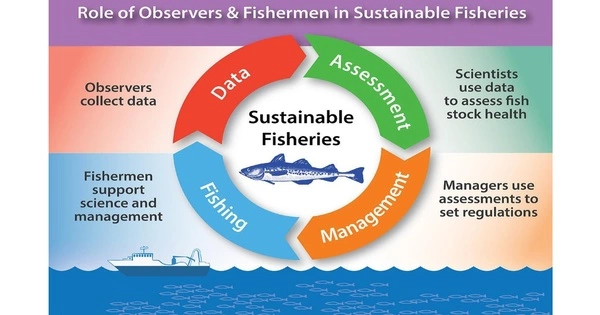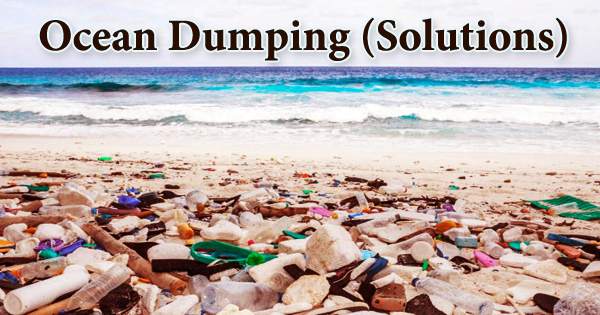Sustainable fishing entails keeping enough fish in the ocean while also protecting habitats and endangered species. People who rely on fishing can maintain their livelihoods by protecting the oceans. Many different fishing methods are used to bring delicious seafood to our tables. Understanding how seafood is caught is essential when deciding what to order at a restaurant or purchasing seafood at the supermarket. The methods described here are commonly used off the coast of South Carolina. Before ordering seafood, inquire about how it was caught so that you can make an environmentally responsible decision.
A conventional definition of a sustainable fishery is one that is harvested at a sustainable rate, with the fish population not declining over time due to fishing practices. Sustainability in fisheries combines theoretical disciplines, such as population dynamics of fisheries, with practical strategies, such as avoiding overfishing through techniques such as individual fishing quotas, curtailing destructive and illegal fishing practices by lobbying for appropriate law and policy, establishing protected areas, restoring collapsed fisheries, incorporating all externalities involved in harvesting marine ecosystems into fishery economics, educing fisheries, and educating fishermen.
Some of the primary concerns about sustainability are that heavy fishing pressures, such as overexploitation and growth or recruitment overfishing, will result in the loss of significant potential yield; that stock structure will erode to the point where it loses diversity and resilience to environmental fluctuations; that ecosystems and their economic infrastructures will cycle between collapse and recovery, with each cycle being less productive than the previous one; and that climate change will have a negative impact on sustainability.
Global wild fisheries are thought to have peaked and begun to decline, with critical habitats such as estuaries and coral reefs in jeopardy. Because farmed piscivores are fed products from wild fish, such as forage fish, current aquaculture or farming of piscivorous fish, such as salmon, does not solve the problem. Salmon farming has a significant negative impact on wild salmon. Fish at higher trophic levels are inefficient sources of food energy.
The emphasis of sustainable fishing is frequently on the fish. Other factors are sometimes incorporated into the larger issue of sustainability. Nonrenewable resources are not completely sustainable. This could include diesel fuel for fishing boats and ships; there is even debate about the long-term viability of biofuels. Modern fishing nets are typically made of synthetic polyamides such as nylon. Nylon, polyester, polypropylene, or high performance fibers such as ultra high modulus polyethylene (HMPE) and aramid are commonly used to make synthetic braided ropes.
Fish processing, refrigeration, packaging, logistics, and other activities consume energy and resources. Life-cycle assessment methodologies can be used to assess the sustainability of components and systems. These are all aspects of the larger issue of sustainability.
















